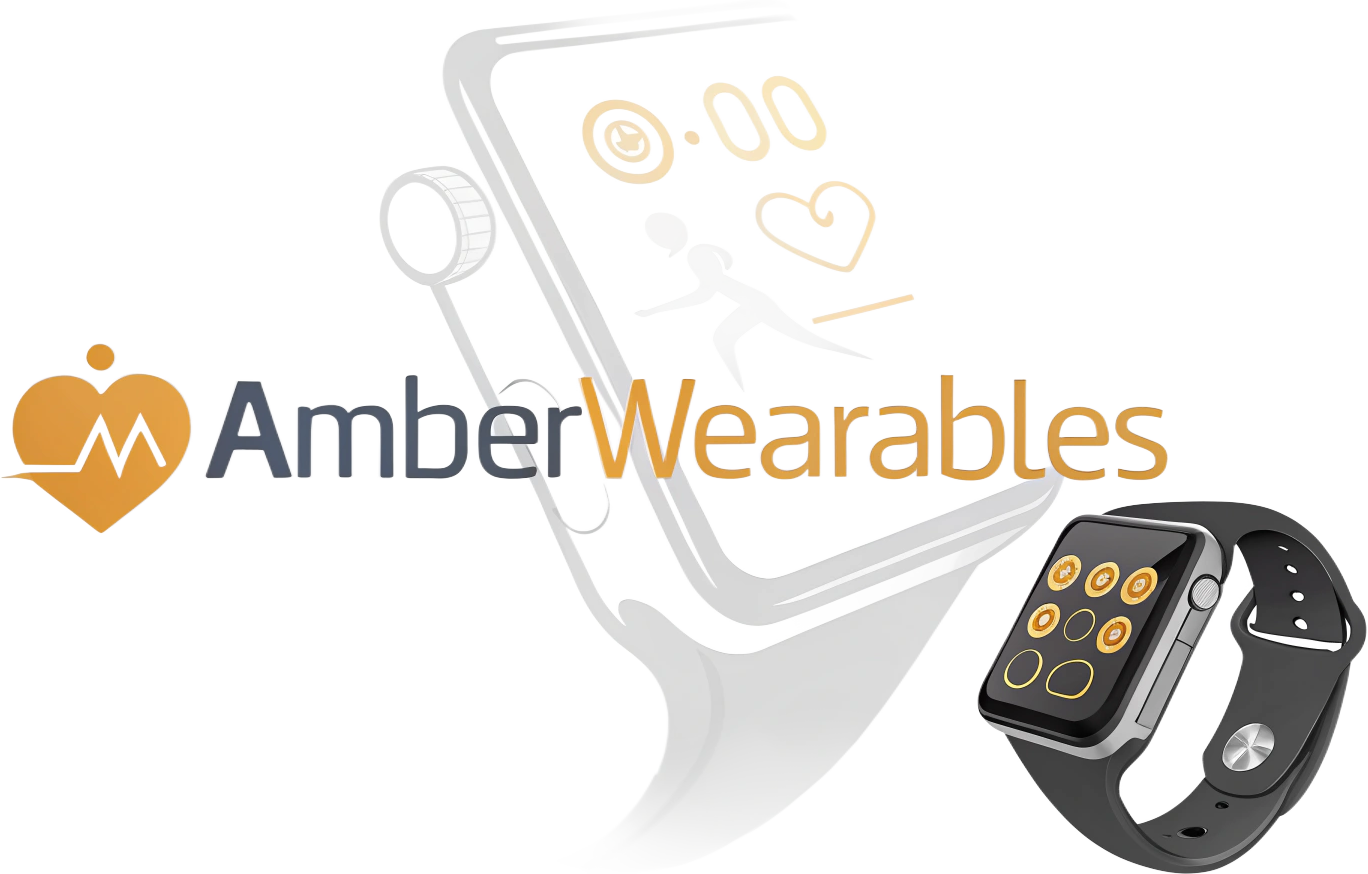
Technology has become an inseparable part of our daily lives, shaping the way we think, act, and interact with the world. From smartphones and smartwatches to gaming consoles and home assistants, tech gadgets influence our behavior in profound ways—often without us even realizing it. Understanding the psychology behind our reliance on these devices can help us use them more effectively while minimizing potential drawbacks.
1. The Addictive Nature of Tech Gadgets
Instant Gratification and Dopamine Release
Many tech gadgets are designed to provide instant gratification. Social media notifications, quick-loading apps, and one-click purchases trigger a release of dopamine—the brain’s “feel-good” neurotransmitter. This can lead to habitual checking of devices, sometimes at the expense of productivity and real-life interactions.
The Fear of Missing Out (FOMO)
The constant flow of information through smartphones and smartwatches can create a psychological dependency. Users feel the need to stay connected to avoid missing out on important updates, news, or social interactions, reinforcing compulsive device usage.
2. The Influence of Gadgets on Social Behavior
Digital Communication vs. Face-to-Face Interaction
While smartphones and other gadgets make communication easier, they can also alter the way we connect with others. Face-to-face conversations often take a backseat to texting, video calls, or social media interactions, sometimes leading to decreased social skills and a sense of isolation.
The Illusion of Multitasking
Many users believe they can multitask effectively by using tech gadgets while engaging in other activities. However, research shows that switching between tasks reduces overall efficiency and can negatively impact attention span, making deep, meaningful conversations and tasks harder to accomplish.
3. How Tech Gadgets Affect Mental Health
Screen Time and Sleep Disruption
The blue light emitted by screens can interfere with melatonin production, leading to poor sleep quality. Many people use their gadgets late at night, contributing to sleep deprivation, which in turn affects mood, cognitive function, and overall well-being.
Anxiety and Depression
Excessive gadget use has been linked to increased stress, anxiety, and depression. The pressure to maintain an online presence, compare oneself to others on social media, or stay constantly connected can contribute to negative mental health outcomes.
4. Cognitive Impact of Technology
Shortened Attention Span
Studies suggest that the fast-paced nature of digital content has contributed to shorter attention spans. The habit of scrolling through endless content trains the brain to seek constant stimulation, making it harder to focus on tasks requiring sustained concentration.
Memory and Information Processing
Gadgets have changed the way we process and store information. With instant access to search engines, people rely less on memory and more on external digital sources. While this can be convenient, it may also reduce critical thinking skills and deep learning.
5. The Positive Side: Enhancing Productivity and Well-Being
Tech for Organization and Efficiency
Despite potential drawbacks, gadgets can significantly improve productivity. Calendar apps, reminder tools, and AI-driven assistants help users manage tasks efficiently, improving time management and reducing stress.
Health and Fitness Tracking
Wearable devices such as smartwatches and fitness trackers promote healthier lifestyles by monitoring physical activity, heart rate, and sleep patterns. These devices can encourage users to adopt better habits and take control of their well-being.
6. Finding a Healthy Balance
Mindful Tech Usage
To minimize the negative impact of gadgets, users should practice mindful technology consumption. This includes setting screen time limits, taking regular breaks, and prioritizing face-to-face interactions.
Using Technology with Purpose
Instead of mindlessly scrolling or constantly checking notifications, individuals can use technology with intention—whether for learning, productivity, or meaningful connections.
Implementing Digital Detoxes
Taking occasional breaks from screens can help reset the mind and reduce dependence on gadgets. Activities such as reading, outdoor exercise, or meditation can provide a refreshing alternative to constant digital engagement.
Conclusion
Tech gadgets are powerful tools that shape human behavior in both positive and negative ways. By understanding the psychology behind their influence, we can develop healthier relationships with our devices—maximizing benefits while minimizing potential harms. The key lies in using technology responsibly, ensuring that it serves us rather than controls us.
